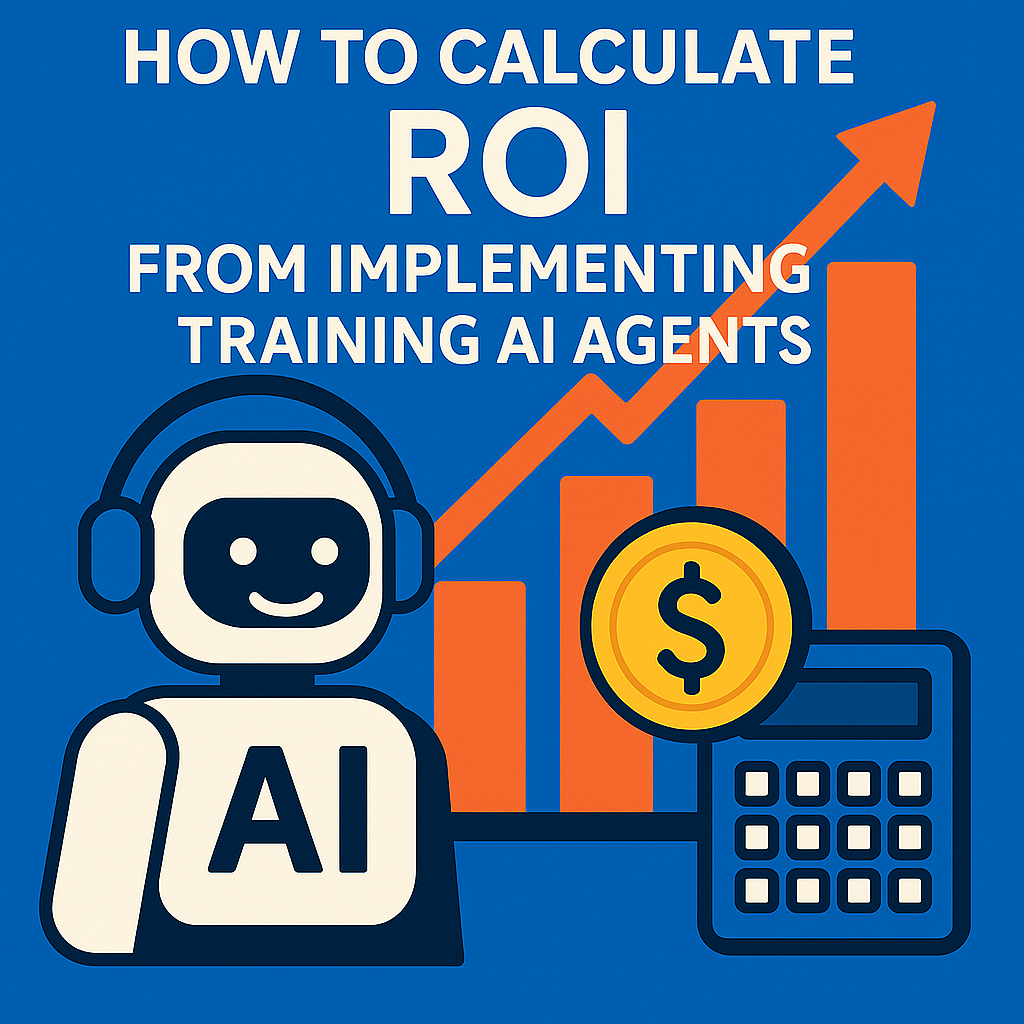Implementing training AI agents promises improved efficiency, reduced costs, and faster onboarding. But before investing in the technology, businesses need to ask: will it pay off? Below, we’ll break down how to assess the ROI (Return on Investment) of deploying training agents — with clear examples and no complicated math.
What is ROI?
ROI = (Profit from implementation – Implementation costs) / Implementation costs × 100%
In other words, it’s the return percentage for every unit invested. If ROI > 100%, the project has paid off more than twice.
What Metrics Should You Consider?
Here are key parameters to evaluate the return from AI-driven training:
1. Revenue Metrics:
2. Cost Metrics:
Example ROI Calculation
A company trains 20 new salespeople per year.
Before AI: average onboarding time — 45 days.
After AI: 25 days.
Each salesperson generates $500/day for the company.
The AI solution costs $6,000/year.
Calculation:
Saved days: 20 people × (45 – 25) = 400 days
Savings: 400 × $500 = $200,000
Investment: $6,000
ROI = ($200,000 – $6,000) / $6,000 × 100% = 3,233%
The AI agent pays off more than 30 times.
How to Improve Calculation Accuracy
Intangible Benefits That Also Matter
These aren’t always easy to quantify but significantly impact employee retention and long-term productivity.
Deploying a training AI agent isn’t just about innovation — it’s about real business value. With the right scenarios, clear cost tracking, and measurable outcomes, you can show how investing in AI translates into profit growth, efficiency, and better training quality.
What is ROI?
ROI = (Profit from implementation – Implementation costs) / Implementation costs × 100%
In other words, it’s the return percentage for every unit invested. If ROI > 100%, the project has paid off more than twice.
What Metrics Should You Consider?
Here are key parameters to evaluate the return from AI-driven training:
1. Revenue Metrics:
- Reduced onboarding time (new hires start selling sooner)
- Increased sales conversion rates after training
- Fewer mistakes and returns (due to better product knowledge)
- Less time spent by senior staff training newcomers
2. Cost Metrics:
- Subscription or development cost of the AI platform
- Implementation and employee training expenses
- Time required for content support and updates
Example ROI Calculation
A company trains 20 new salespeople per year.
Before AI: average onboarding time — 45 days.
After AI: 25 days.
Each salesperson generates $500/day for the company.
The AI solution costs $6,000/year.
Calculation:
Saved days: 20 people × (45 – 25) = 400 days
Savings: 400 × $500 = $200,000
Investment: $6,000
ROI = ($200,000 – $6,000) / $6,000 × 100% = 3,233%
The AI agent pays off more than 30 times.
How to Improve Calculation Accuracy
- Run a pilot: let the agent work with a small group for 1–2 weeks.
- Compare two groups: one with AI, one without.
- Track concrete metrics: time to first deal, average check, training duration.
Intangible Benefits That Also Matter
- Increased employee engagement
- Consistent training quality
- Automation of routine tasks
- 24/7 access to knowledge
These aren’t always easy to quantify but significantly impact employee retention and long-term productivity.
Deploying a training AI agent isn’t just about innovation — it’s about real business value. With the right scenarios, clear cost tracking, and measurable outcomes, you can show how investing in AI translates into profit growth, efficiency, and better training quality.
